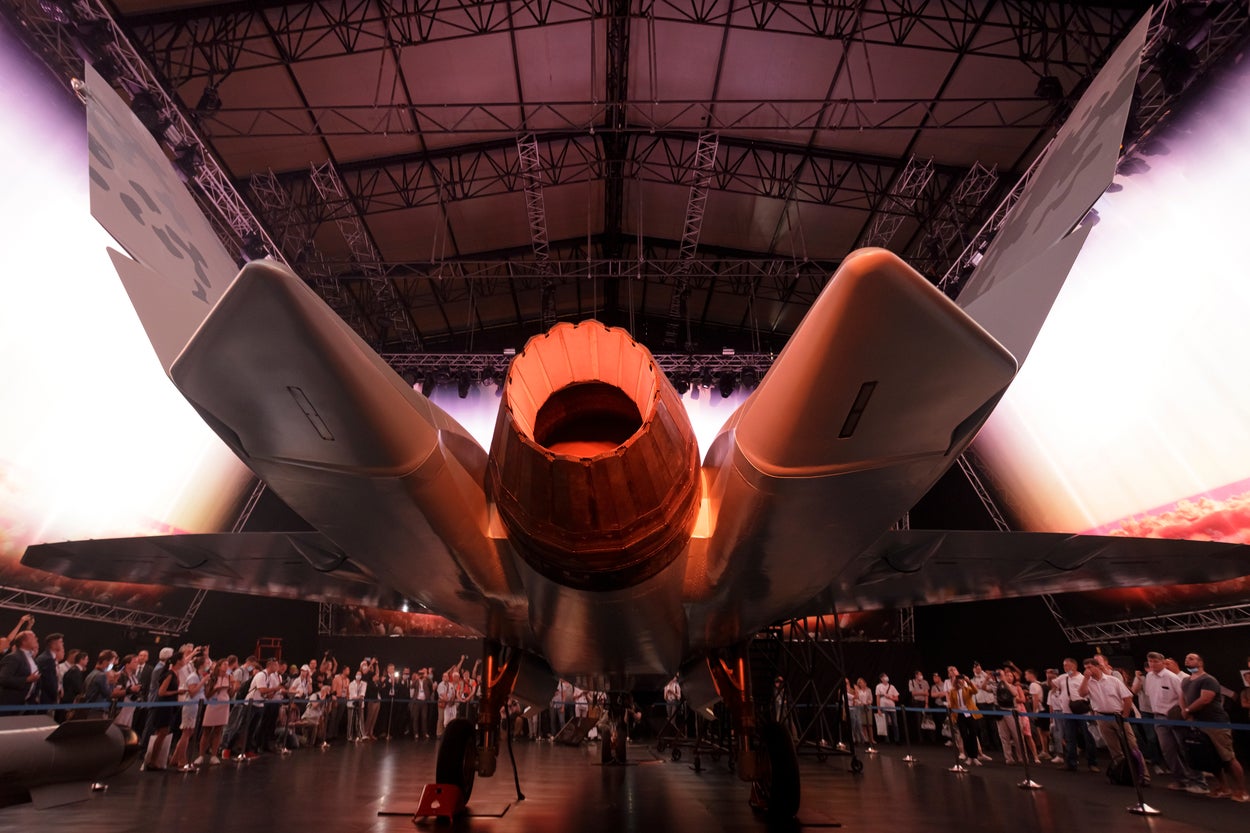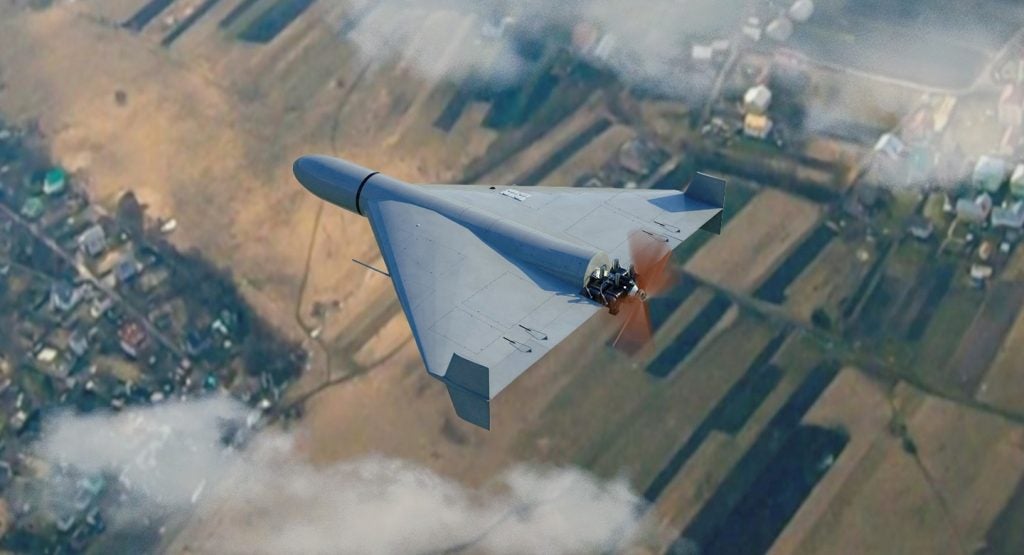With the reveal of Sukhoi’s new fifth-generation Checkmate fighter at MAKS 2021, it isn’t just specifications of the new platform that are emerging.
The current information suggests that the Checkmate, as Sukhoi have named it, will have the same engine as the Su-57 (albeit a single engine) but will feature an automated logistics systems called Matryoshka. This latter point is perhaps a hint at the central marketing point of this platform. The Matryoshka automated logistics support systems is intended to make the platform more efficient, and “…will reduce the cost of after-sales service, increase its efficiency and ensure a high level of combat readiness of the fleet even during high-intensity flights”, according to the head of Rostec, Sergey Chemezov.
Anthony Endresen, Analyst at GlobalData, comments, “the emerging image of this new platform is one of a light-weight, cheaper fifth-generation platform that is more affordable and is expected to operate under more austere conditions. The logistical proposition, based on manufacturer comments and emphasis on efficiency of the Matryoshka system, would be one of centralised logistics where little of the advanced work is done in the field, with the platform built around this type of operational organisation. This would very much fit in with the requirements for accessibility when it comes to tier two or tier three countries.
This lines up with the mooted price tag of roughly USD $25-30 million, with the operational costs likely to be a significant consideration for these buyers. Access to fifth-generation performance at this price point will be tempting for certain countries, with Russia essentially expecting to export around 300 over 15 years.
Advertising material identified Argentina, for example, with their requirements for fighter-attack in a maritime role, with anti-shipping capability. The greater the range the better, as Argentinian military history has shown this to be a critical factor. Offering a single-seat, single-engine option to a nation with a pressing maritime requirement is not intuitive, to say the least (despite the advertised long range of 2000km). Even countries with the facilities for more advanced and decentralised Maintenance Repair and Operations (MRO), like the US Navy, have a two-engine requirement for combat aircraft operating over water (though the F-35C proves to be the exception to this).
The real questions that arise from this proposition are whether the troubled Izdeliye 30 engines of the Su-57 and now the Checkmate have had their problems resolved. Sukhoi will need to demonstrate to potential customers that these engine issues have been resolved to such a degree that there is confidence to operate the single engine platform above water, where engine trouble is very likely to result in platform loss. Should this be achieved, then the potential loadout and advertised range could prove very tempting.
How well do you really know your competitors?
Access the most comprehensive Company Profiles on the market, powered by GlobalData. Save hours of research. Gain competitive edge.

Thank you!
Your download email will arrive shortly
Not ready to buy yet? Download a free sample
We are confident about the unique quality of our Company Profiles. However, we want you to make the most beneficial decision for your business, so we offer a free sample that you can download by submitting the below form
By GlobalDataIf the Checkmate should live up to Sukhoi’s claimed performance and costs, it will fill the market space of an affordable fifth-generation platform with signature management, more efficient MRO, and presumably higher availability rates for advanced platforms. The question will be less who needs that, and more who will buy into that. In all likelihood, the price wont be what it seems if the performance is.”









